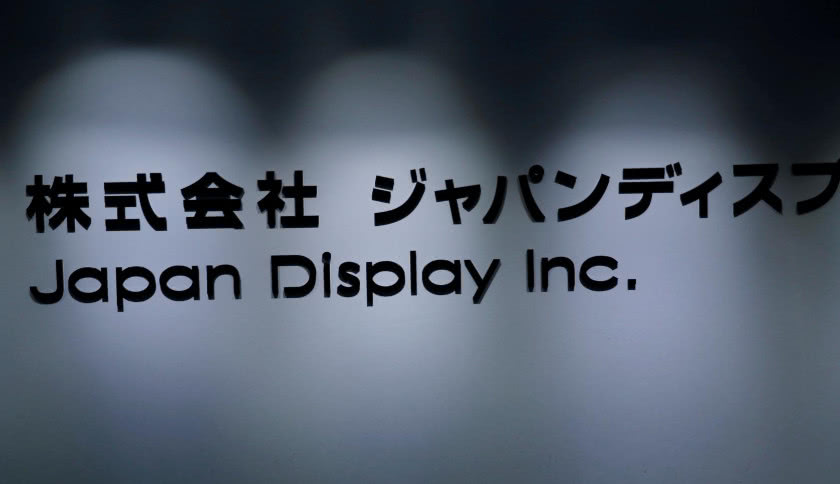In the past many years, Apple has purchased LCD screens for mobile phones from Nichien. The company has agreed to shorten the payment period and invested $ 200 million in Nichien.
Editor’s note: This article comes from Tencent Technology .

In the past year, the global mobile phone LCD display giant Japan Display Corporation (hereinafter referred to as “Nihon”) has been in a difficult situation and has been forced to look for financial assistance. The company has reached several previous aids. The agreements ended in failure. According to the latest news from foreign media, Nisshin announced on December 12 that it will receive up to 90 billion yen ($ 830 million) in financial support from Japanese asset management company Ichigo.
According to foreign media reports, according to the latest plan, Ichigo Asset Management will cooperate with Nichien ’s largest purchasing customer, Apple Inc., and Chinese consumer electronics foundry giant Wistron Group to help Nichien out of its predicament.
Two sources directly aware of the talks told foreign media that Apple’s commitment to Nichien’s funding support reassures other investors. “This is a vote of confidence,” one said, and the source declined to be named because of the sensitivity of the matter.
In the past many years, Apple has purchased LCD screens for mobile phones from Nichien. The company has agreed to shorten the payment period and invested $ 200 million in Nichien.
It is worth mentioning that the US tech giant has rarely intervened to help troubled suppliers in the past. However, Apple and important suppliers generally maintain a relatively close relationship. Apple will provide suppliers with investment to build new factories or production lines to lock up some future raw material supply orders.
According to foreign media reports, Apple Watches produced by Apple will soon use daily OLED displays (organic light emitting diodes), diversifying product lines that currently rely on liquid crystal displays.
It is well known that in the past few years, important changes have taken place in the global display industry. LCD screens have been gradually phased out, while OLED screens have become increasingly popular. OLED screen has better picture quality and more power saving, which is suitable for mobile devices. At present, Samsung Electronics is the world’s largest manufacturer of OLED screens for mobile devices. Apple’s OLED screens are mainly fromSamsung Electronics.
Nisshin has been losing money in the past five years because it switched to OLED screens late. In addition, the downturn in the global smartphone market has also weighed on the company’s mobile phone screen business. Last month, Rixian released its latest financial report, indicating that it has suffered losses for the 11th consecutive quarter.
Nianxian has been looking for external funding assistance. The company has reached assistance agreements with some technology investment companies in China, but then investors withdrew from the plan.
According to foreign media reports, Nissin was founded in 2012, when Hitachi, Toshiba and Sony’s LCD monitor businesses merged under the mediation of the Japanese government to form this new company.
Last month, Nixian also broke a negative news. A fired executive embezzled the company $ 5 million, and then Nixian began reviewing past financial reports.
In the display market, in recent years, many Chinese companies have entered the field of LCD screens, which has led to the decline in global LCD screen prices. Some established manufacturers have become less competitive and their lives have become increasingly difficult.
In addition, the Korean company is in a leading position in the technological change of the display panel. At present, both Samsung Electronics and LG Electronics are capable of mass-producing OLED screens. Among them, Samsung Electronics focuses on screens of small-sized devices. LG Electronics is the world’s largest OLED TV manufacturer. LG has also started to expand into small-sized screens.
According to Apple’s practice, the company tends to train two or more suppliers for the same raw material in order to reduce purchase prices and ensure sufficient supply. Previously, because Samsung Electronics dominated the supply of OLED screens for Apple’s mobile phones, Samsung held the pricing power and made a huge profit.
It is reported that LG plans to supply OLED screens to Apple starting next year.
It is not known when Nisshin will be able to supply OLED mobile phone screens to Apple. (Tencent Technology Review / Cheng Xi)